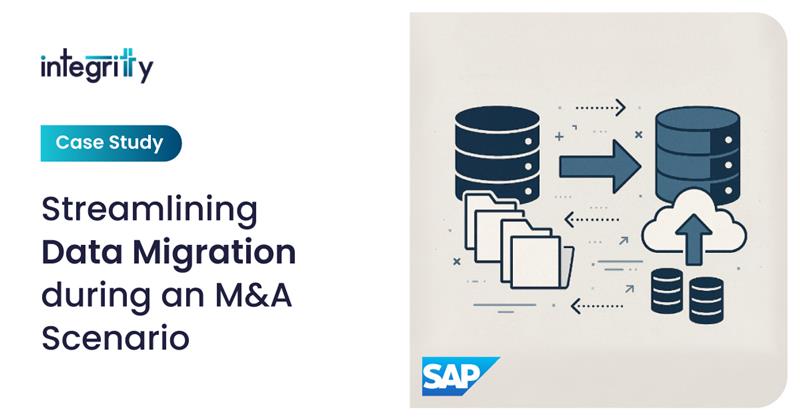User Sync
Managing people data across enterprise systems is rarely straightforward—especially when those systems are SAP SuccessFactors (for HCM) and ServiceNow (for IT service management).
For one of our global customers, an Oil & Gas midstream company, this challenge became pressing. They needed a way to replicate and sync user data between SuccessFactors and ServiceNow, ensuring their IT systems always reflected the most up-to-date employee information. But there was a catch: ServiceNow had custom fields and structures that didn’t align with the standard integration offered by SAP.
This meant a simple plug-and-play approach wouldn’t cut it. The customer needed a solution that was flexible, accurate, and tailored to their business rules.
The Customization Challenge
At the heart of the problem was the need to maintain accurate, real-time data between platforms. While SuccessFactors held employee data, ServiceNow required that data—particularly user profiles—for a host of IT operations and approvals.
However, because the customer had defined custom fields within ServiceNow, a standard SAP-provided integration flow wouldn’t suffice. The solution had to account for specific mappings, field translations, and business-specific rules—all while ensuring minimal manual intervention.
Our Approach
We designed a solution leveraging the SAP Integration Suite to act as the bridge between the two systems. We started by customizing the integration flow, using the Eclipse-based ServiceNow Workbench Plug-in to create a new XSD schema tailored to the customer’s requirements. This allowed us to align custom fields—such as gender mappings and business unit classifications—between SuccessFactors and ServiceNow.
Value mapping played a critical role. For example, the gender field in SuccessFactors had values like “F” and “M,” while ServiceNow expected “Female” and “Male.” Through well-structured value mappings, we ensured seamless data translation without breaking downstream workflows.
The entire integration was built as a smart, conditional workflow:
- The system would query for changed users in SuccessFactors.
- The results were filtered, transformed into ServiceNow’s format, and validated.
- Finally, ServiceNow automatically created or updated users—without manual intervention.

The Outcome
The result was a clean, automated sync between SAP SuccessFactors and ServiceNow.
Key benefits included:
- Automatic replication of users with delta uploads, speeding up onboarding and offboarding syncs.
- Custom field handling, ensuring the integration respected business-specific needs.
- Real-time updates, allowing the ServiceNow environment to stay aligned with HR records at all times.
By tailoring the integration to the customer’s systems and field logic, we created a solution that was both scalable and sustainable.
Why It Matters
In today’s hybrid IT environments, organizations often struggle with disconnected systems. HR and IT may use best-in-class tools, but without effective integration, operational inefficiencies—and data inconsistencies—creep in.
This project illustrates the power of SAP-native customization and how well-designed integrations can unlock serious value—faster processes, fewer errors, and better cross-functional alignment.
Want to integrate your SAP systems with ServiceNow or other enterprise platforms?
Let’s talk about how we can make it seamless.





